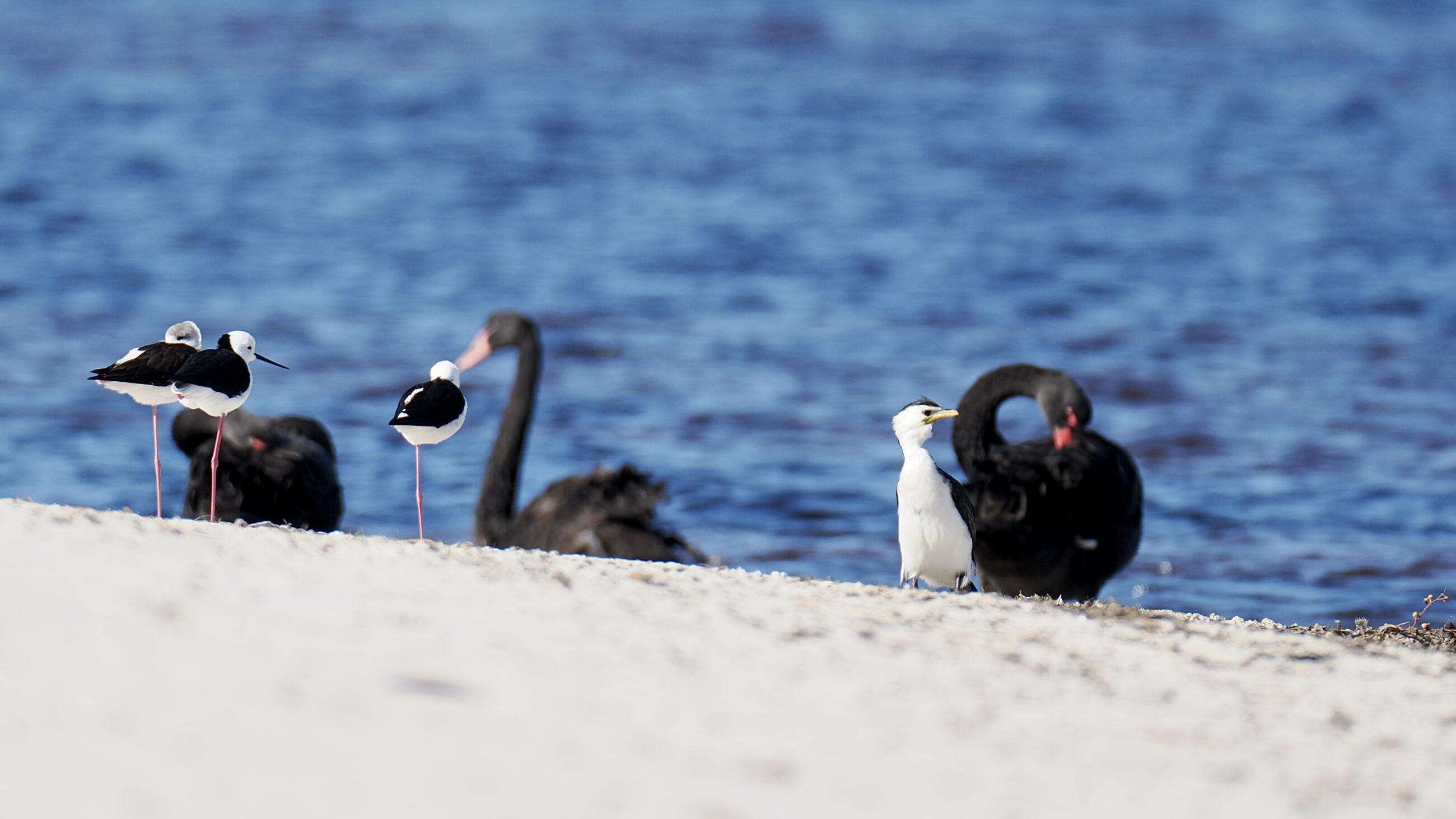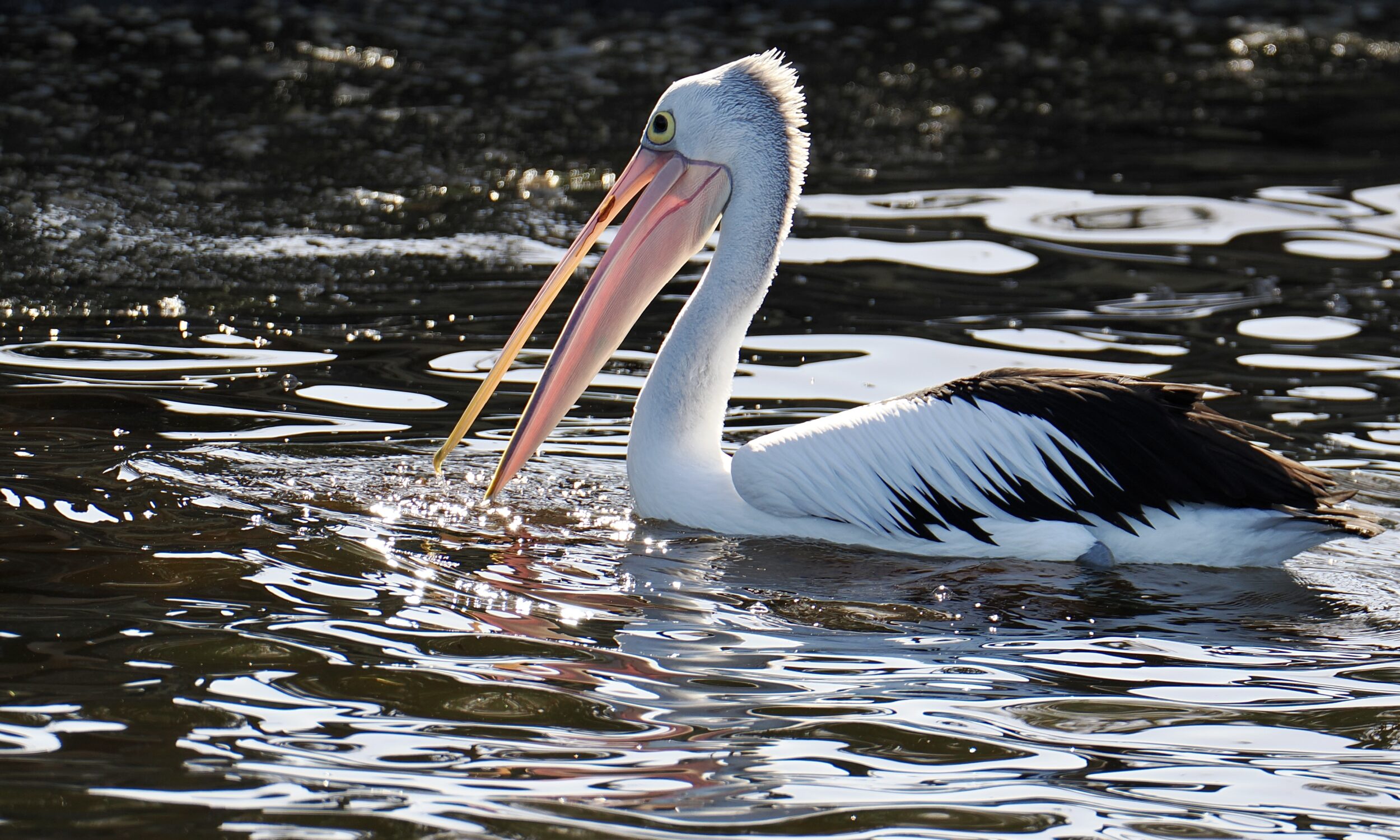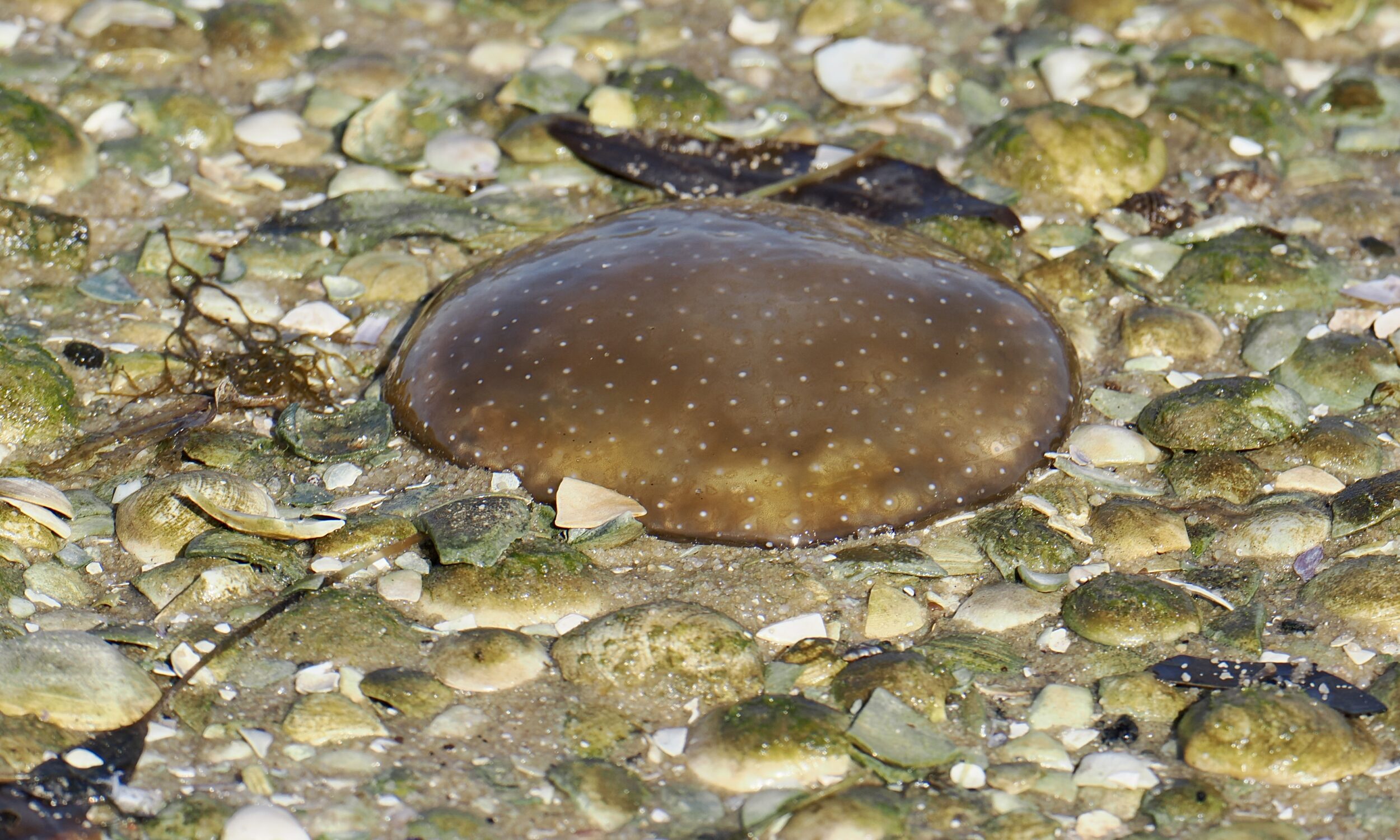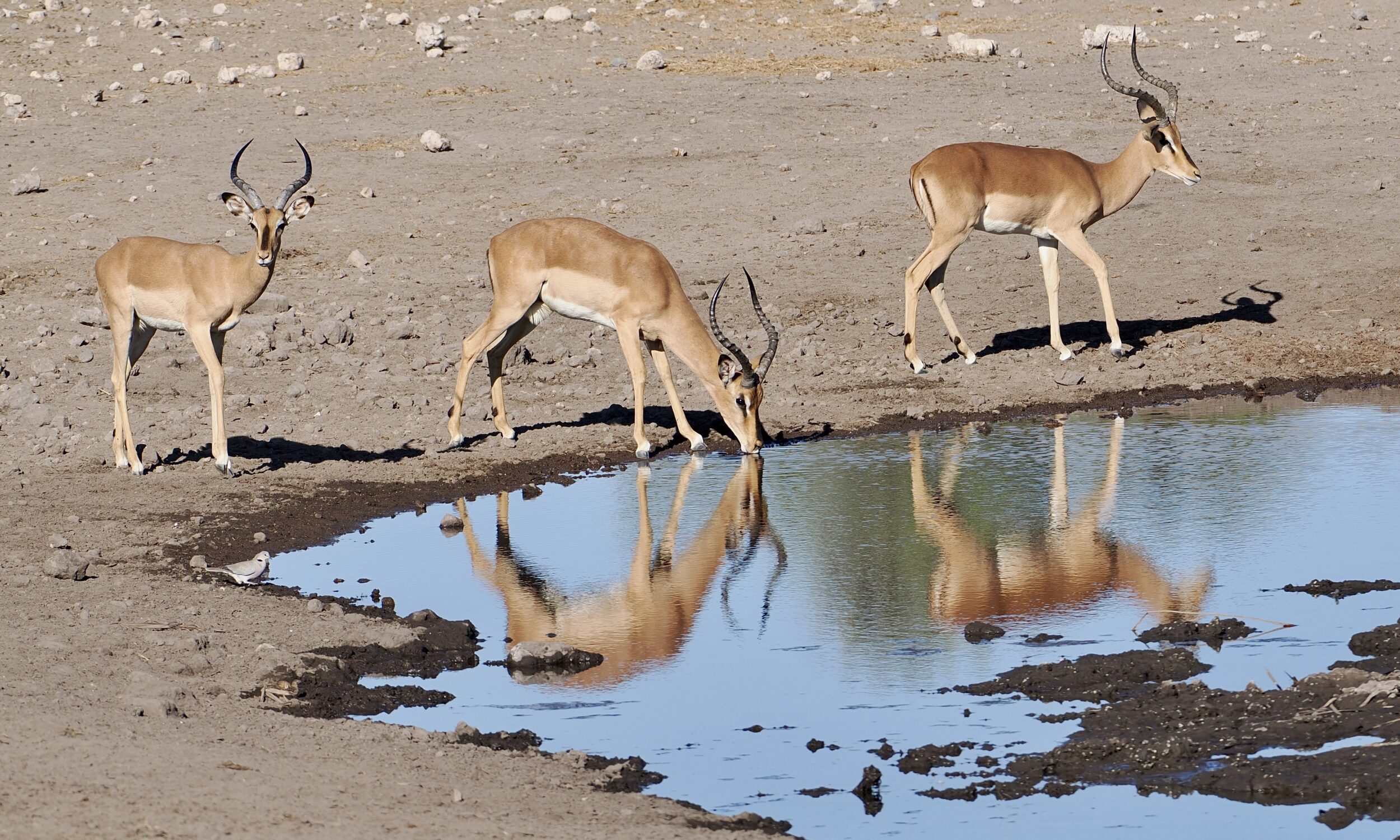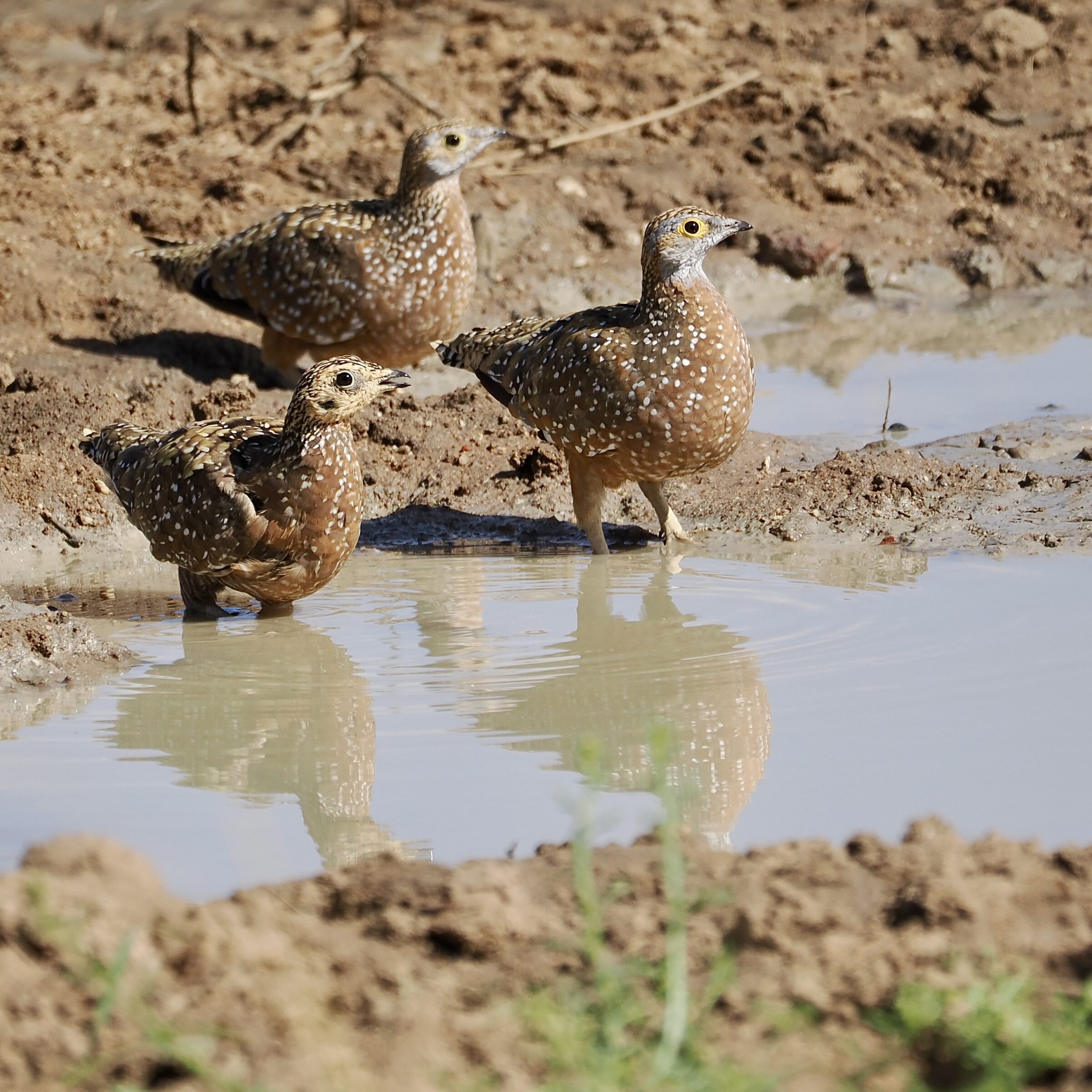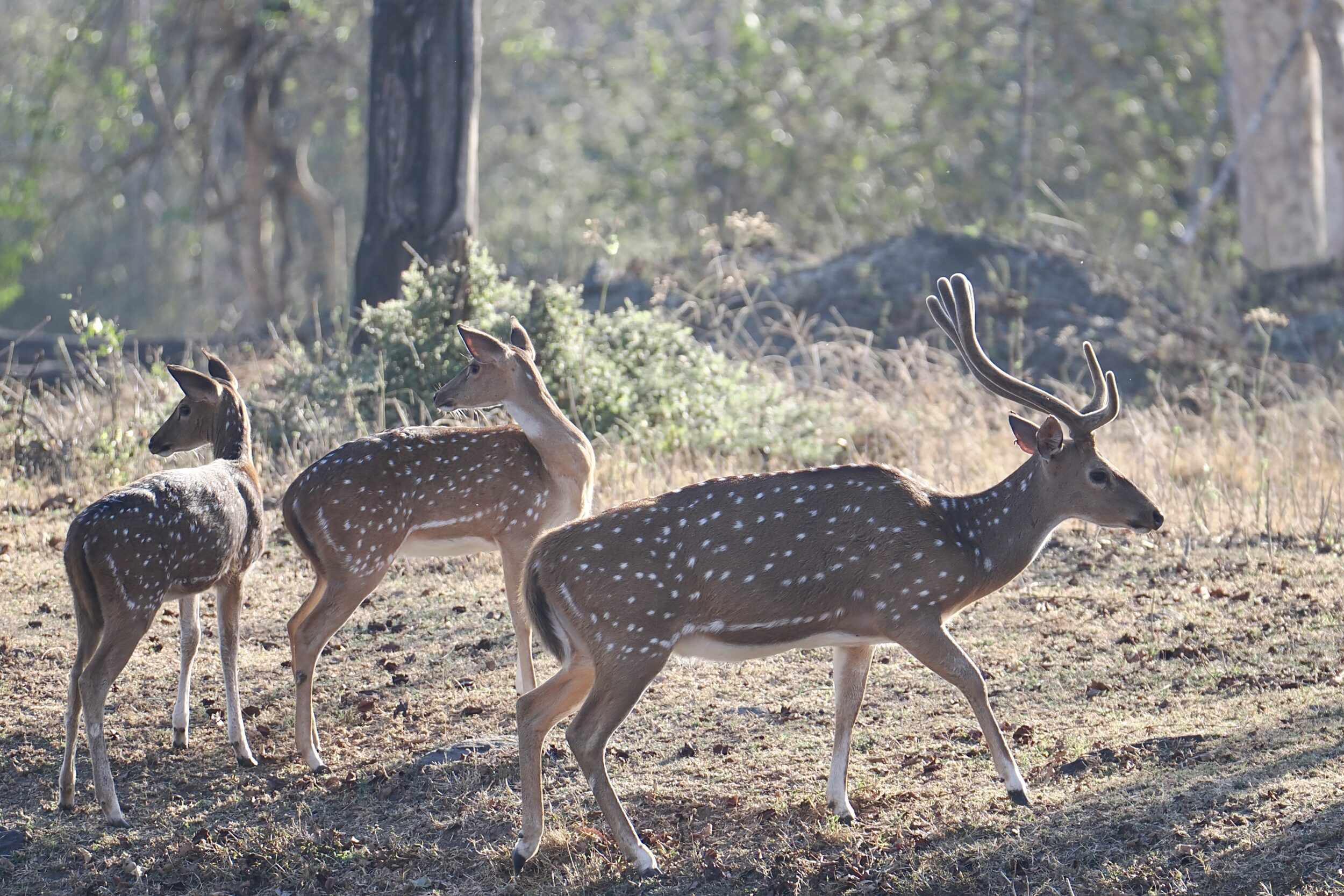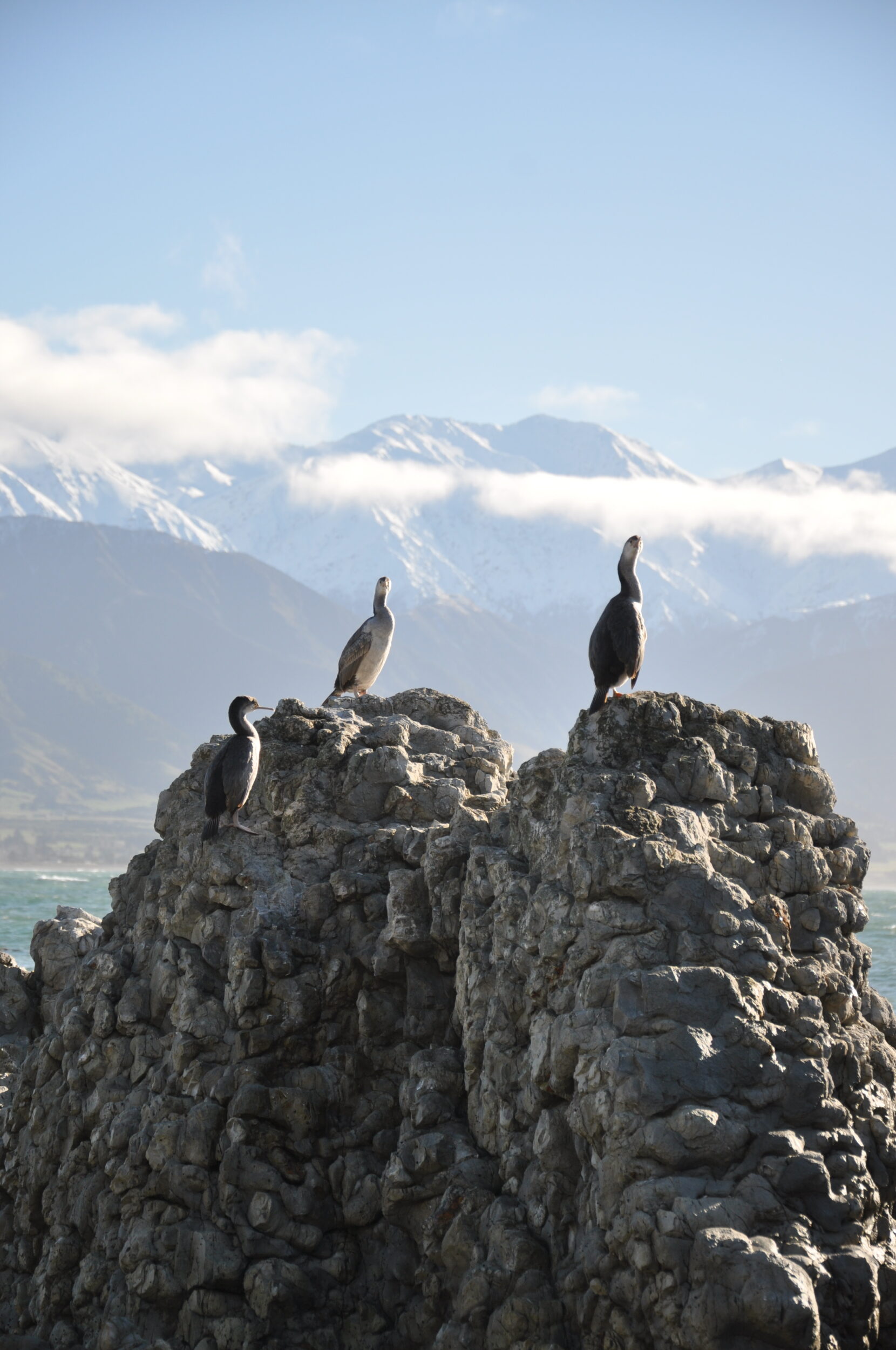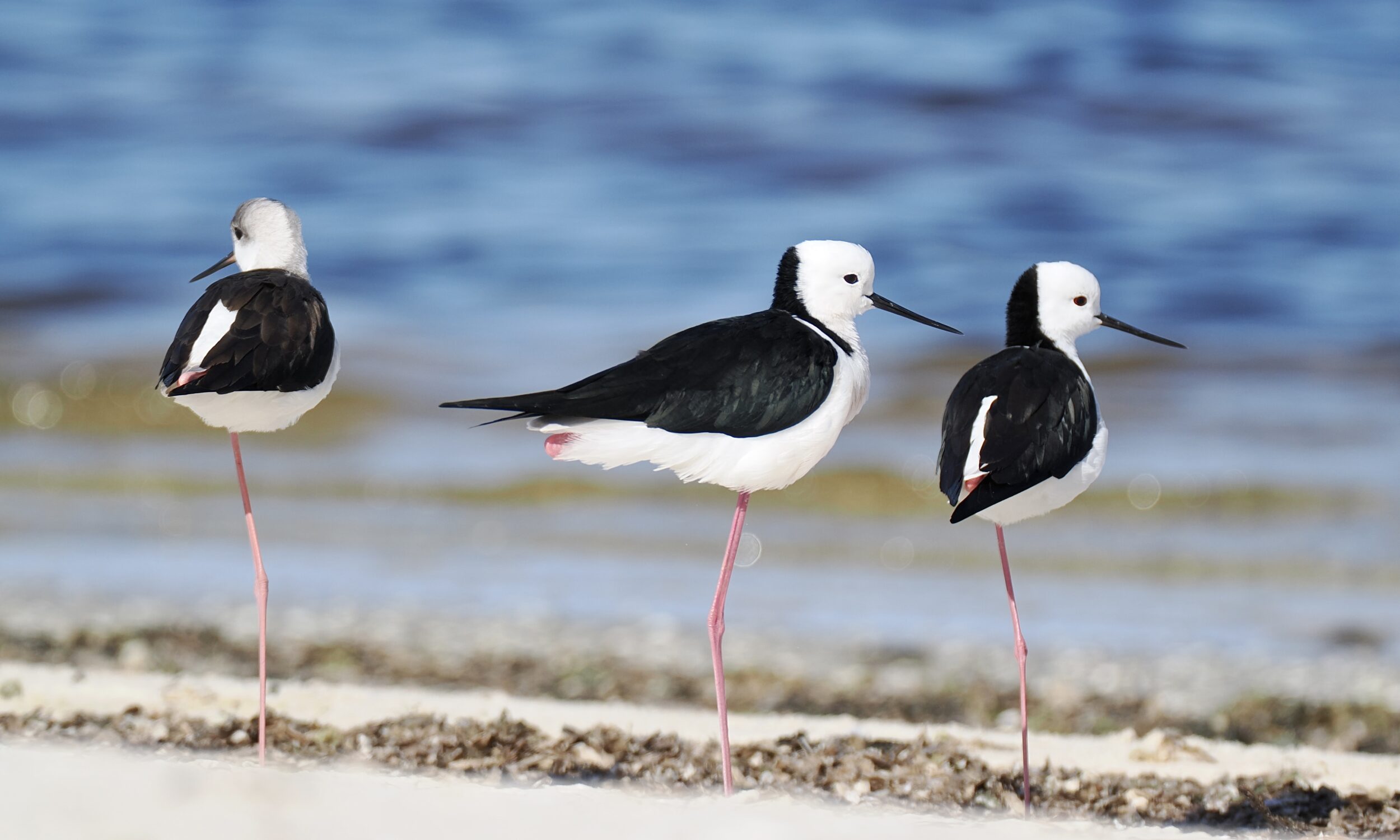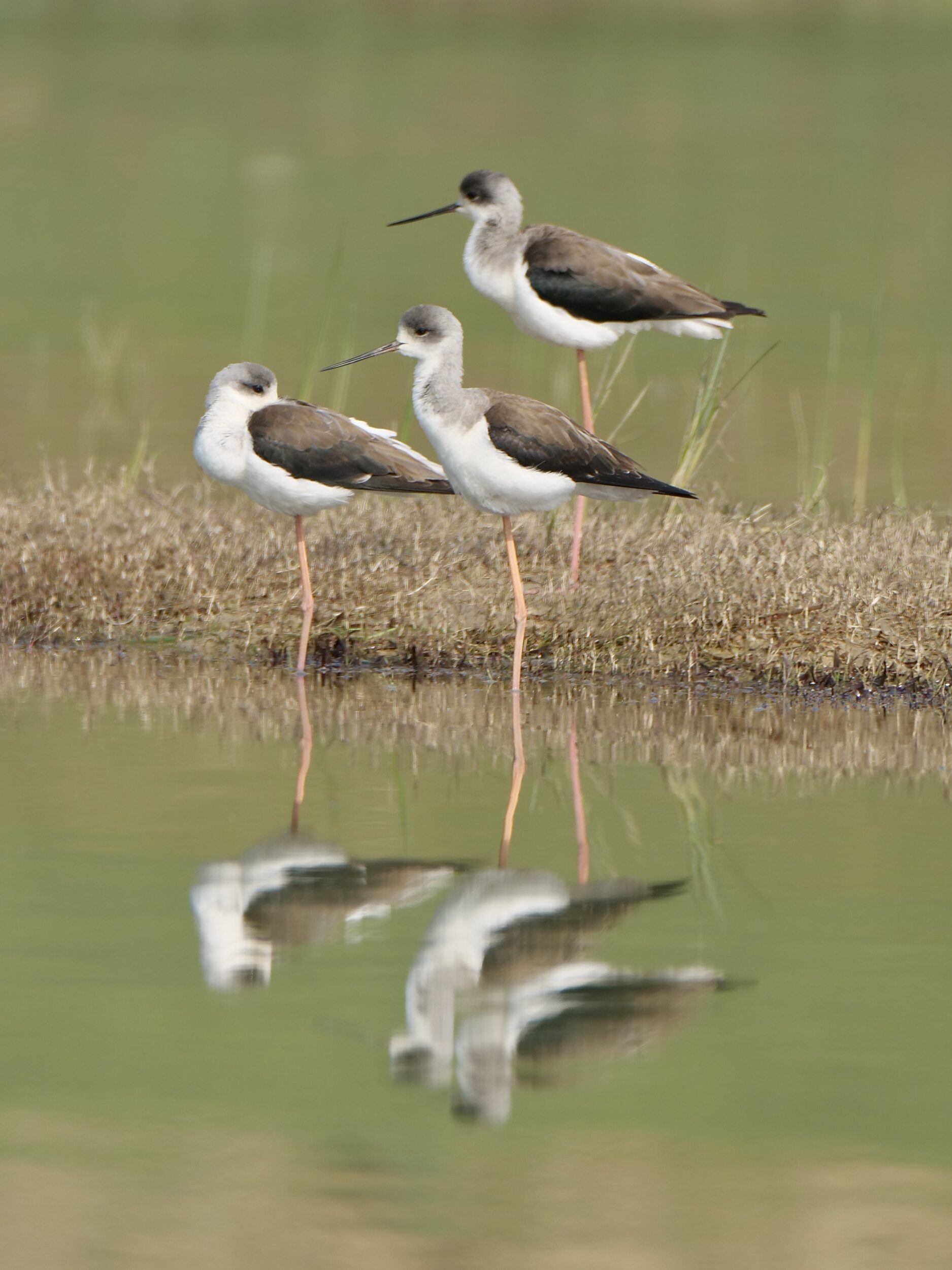Long before Europeans reached Australia, what is now “Perth’s Pelican Point” was already a place of considerable significance to both humans and birds.
Given its inner urban location – as a bird flies, a couple of minutes or less from the CBD of a metropolis – it is no small achievement that the bipeds who effectively “own” Pelican Point’s actual point are avian, not human.
In the featured image: white-headed stilts, black swans, and a little pied cormorant.
Comments closed